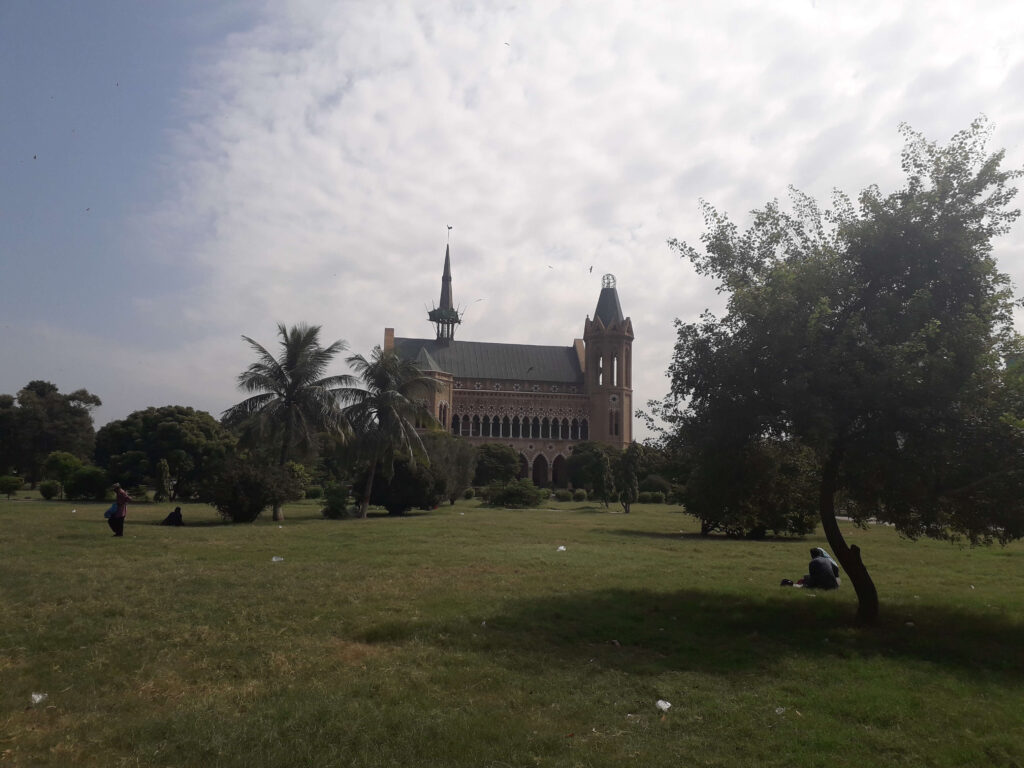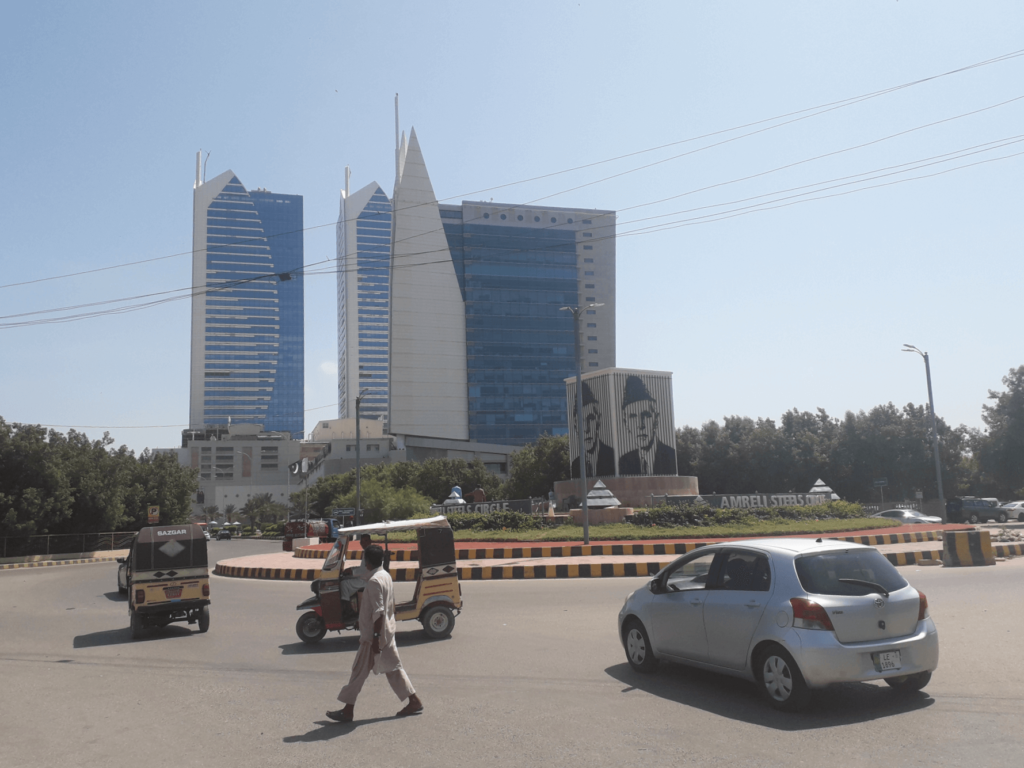The view from Pakistan: Are urban forests the answer to overheating cities?
Now at the end of his journey, our correspondent Ian Packham explains why cities often feel so much hotter than rural areas and how trees can have a cooling effect.
On paper, reaching the geographical south of Pakistan marks the end of my journey exploring the impact of climate change on the country’s population, landscapes and habitats. But I have just enough time to check out one last project which has grabbed my attention before my visa becomes invalidated.
It’s located in Karachi, for many years one of the fastest growing cities in the world. The former national capital witnessed a population explosion at the turn of the century, seeing it rise by more than 80% in little more than a decade.

Twenty miles (32 km) across in places, its roads are so jammed with traffic for so much of the day that it takes an hour for me to reach its downtown Saddar neighbourhood from its outskirts by bus. Such is the distance involved it would take me most of a day if I were to walk. And it’s hot, even by the standards of Pakistan. The weather forecasts put it at 33°C. I’d say it feels like more.
Part of the reason I’m feeling so hot is the heat island effect. Not limited to the hotter parts of the world, it’s the result of buildings, roads and hard landscaping soaking up the heat of the sun and re-releasing it, often overnight. It means built-up areas can’t cool down in the same way that a forest or farmer’s field does.

Anyone who endured the UK’s five days of extreme heat this summer in a city will likely have experienced the heat island effect first-hand. More than just causing discomfort, it’s a killer. In 2015, Karachi recorded its first official heatwave. An estimated 2,000 people died, largely from heat stroke and dehydration, with livestock and even animals in Karachi Zoo adding to the death toll.
This led Shahzad Qureshi to create Pakistan’s first urban forest. He says his aim is to develop ‘sustainable forests to restore Karachi’s degraded environment,’ by planting new mini-forests within the city limits.
Once matured, the new tree cover is designed to shade its surrounding roads and buildings, lowering temperatures whilst also slowing the flow of rain water into the sewerage system, reducing the risk of local flooding during the monsoon.

Though early days, Pakistan’s urban forests are based on pre-existing science – so are known to work. From their birth in the upmarket Clifton neighbourhood where I encounter them, they have already been expanded to nine additional locations in Karachi and Lahore. It’s largely been the job of local schools and residents to help plant them up, helping to raise awareness of the issues involved.
Of course, such projects are reliant on pre-existing public spaces being made available. All those developed so far have been lawned parkland prior to their conversion. In less well-off neighbourhoods where space is almost fought over, as well as in informal settlements, it’s unusual for such spaces to exist. However, urban forests do provide another weapon in our arsenal to help combat global temperatures as they continue to rise.
Revisit Ian Packham’s previous dispatches from Pakistan:
Karakorum – The climate change frontline
New lakes form another risk in Karakorum
Is sustainable development possible?
The environment in Pakistan’s cities
Green shoots in Pakistan’s climate adaptation and resilience
Encountering the deadly Indus floods head on
Why our ancestors had it right all along
An uncertain future for Pakistan’s wetlands
Photos provided by Ian Packham















